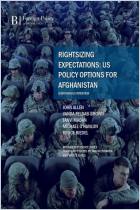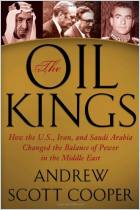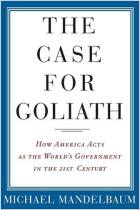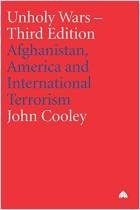
Kings and Presidents
Saudi Arabia and the United States since FDR (Geopolitics in the 21st Century)
Recommendation
America’s alliance with Saudi Arabia is a strange one, in many ways. As former CIA analyst and current counter-terrorism expert Bruce Reidel argues, the partnership, which began in 1945, has always been highly pragmatic in nature. Though the two countries share economic – and, occasionally, political – interests, they represent utterly divergent values. The tensions which have arisen as a result of that split form the heart of Reidel’s analysis. He uses declassified documents, Saudi and American memoirs, and eyewitness accounts to examine key events – including the Arab Spring uprisings – and leadership changes in both nations. In so doing, Riedel explores how differences over Israel have haunted the alliance since its inception, and raises questions about the Kingdom’s role in the rise of al-Qaeda and the Islamic State. Though Reidel’s insights aren’t particularly groundbreaking, his overview of US-Saudi relations guides readers adeptly through the intimidating world of Middle Eastern politics. getAbstract recommends his narrative to anyone who want to shake that nagging feeling that they should have a better understanding of America’s most longstanding ally in the Middle East.
Summary
About the Author
Bruce Riedel is a former CIA analyst and a counter-terrorism expert. He is a senior fellow at the Saban Center for Middle East Policy at the Brookings Institution.


















Comment on this summary or Diskussion beginnen